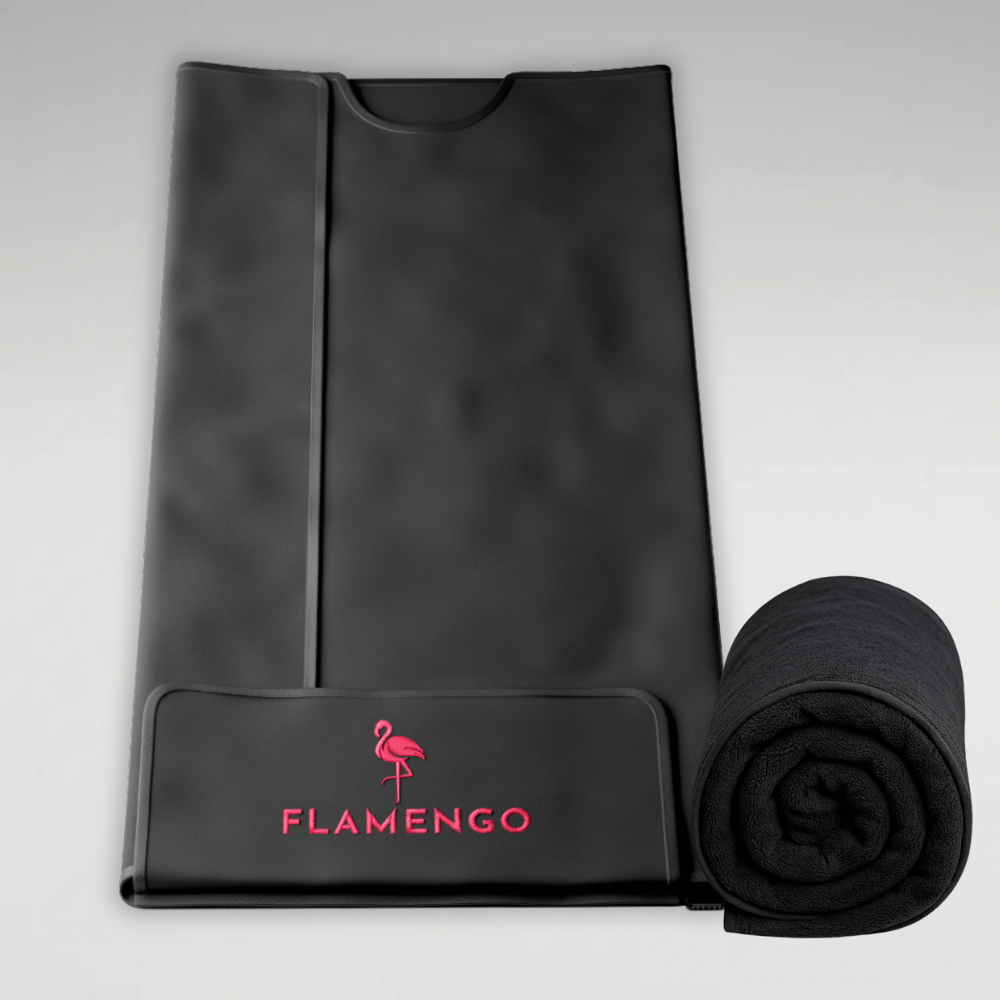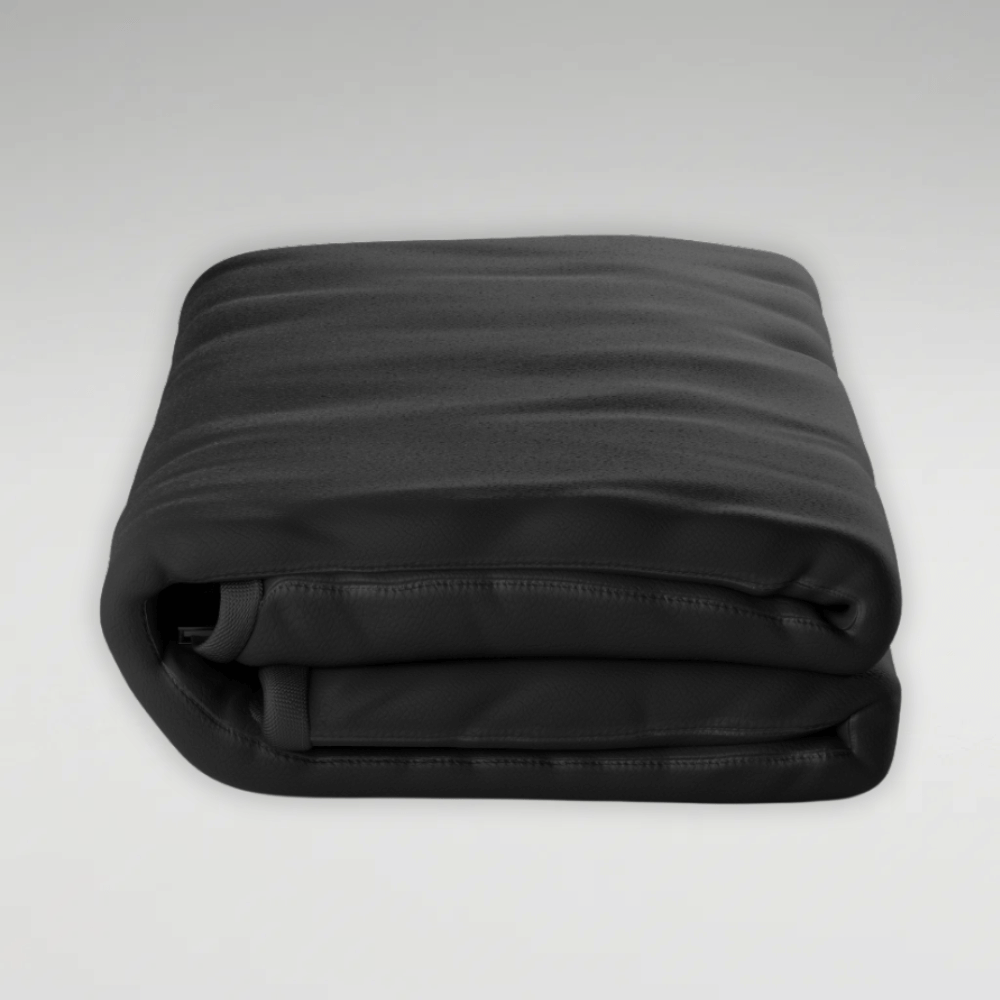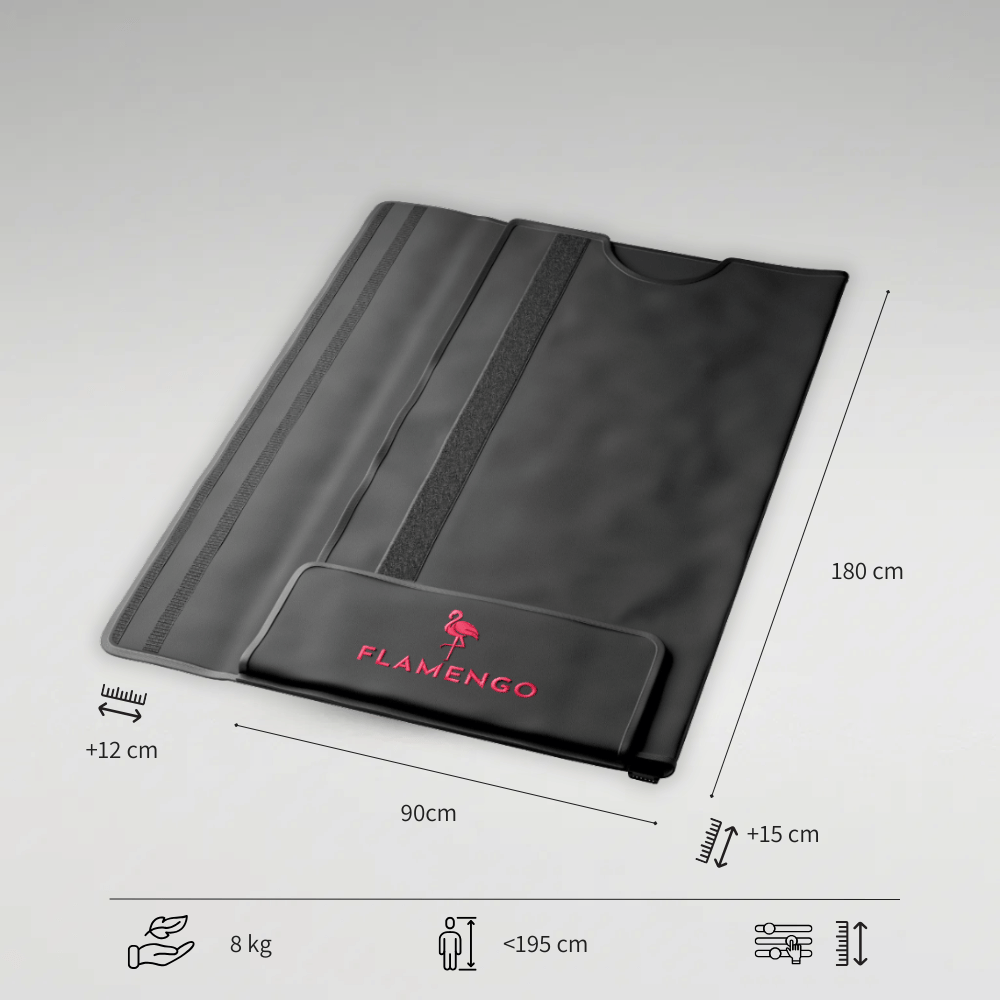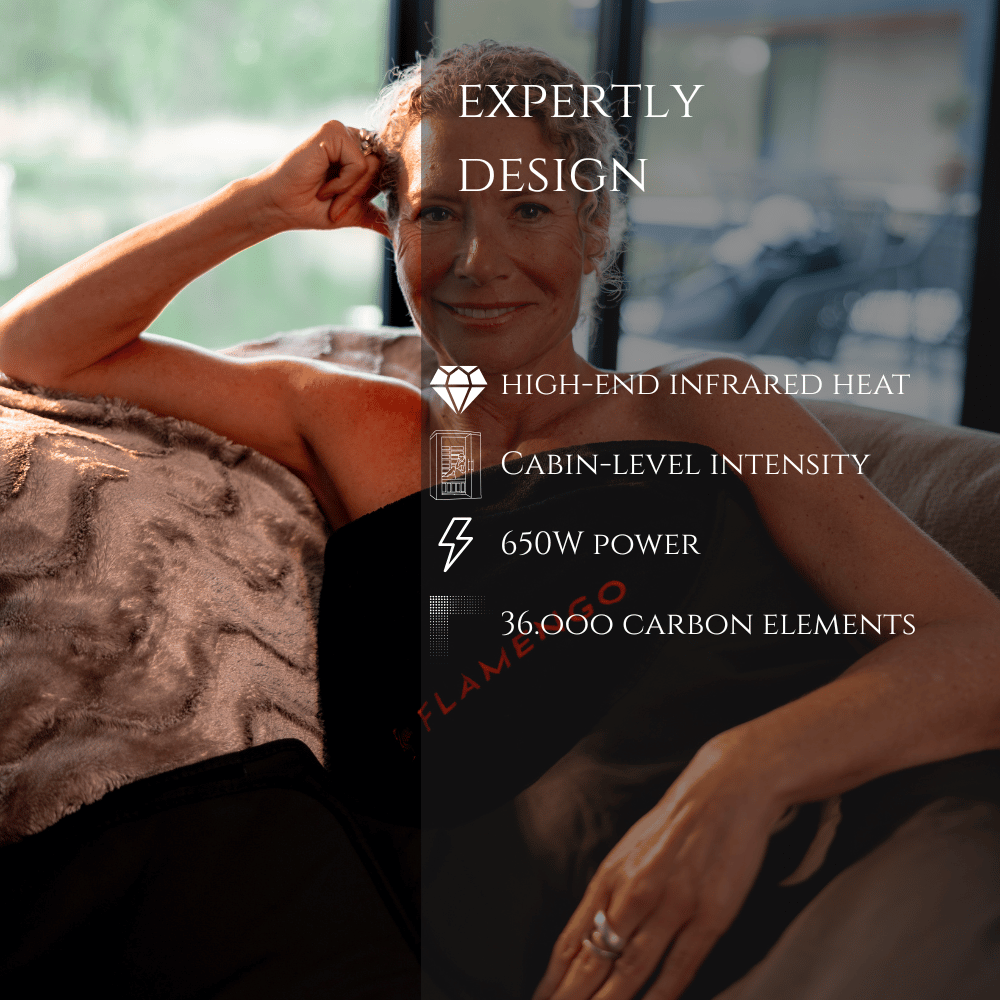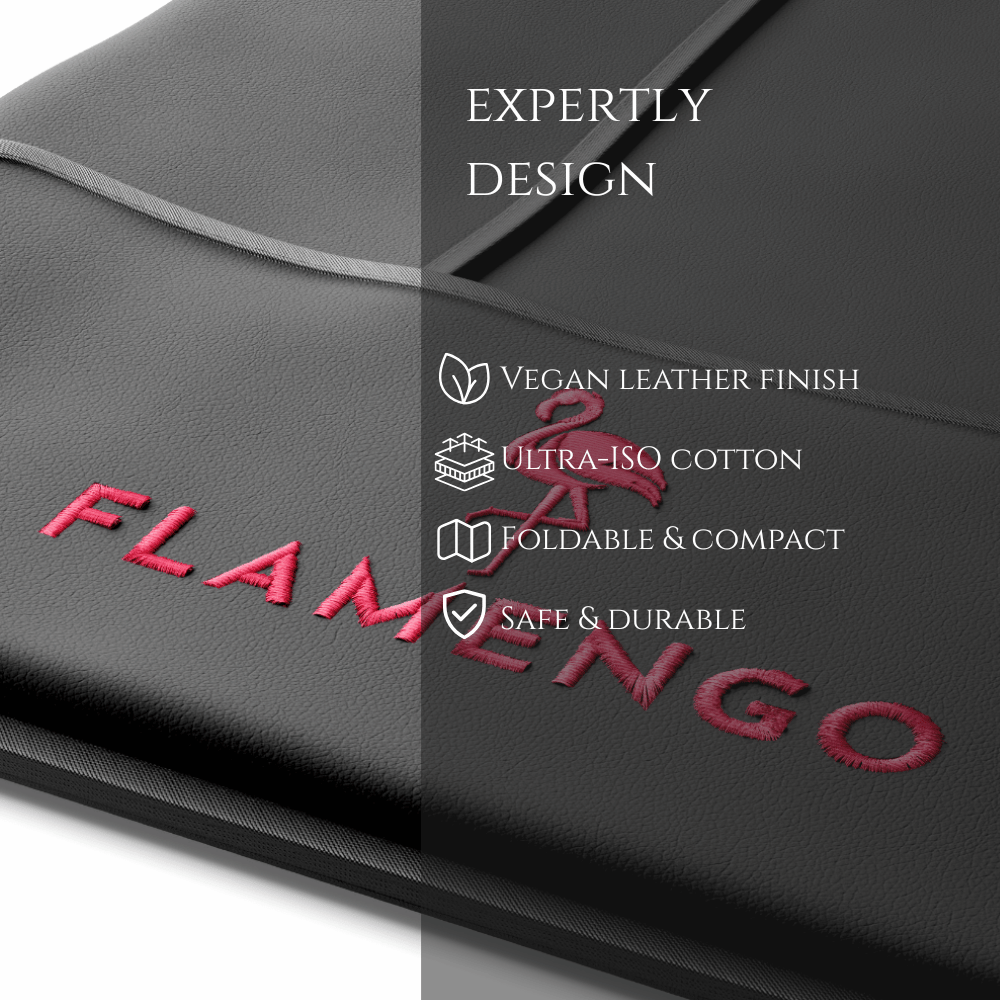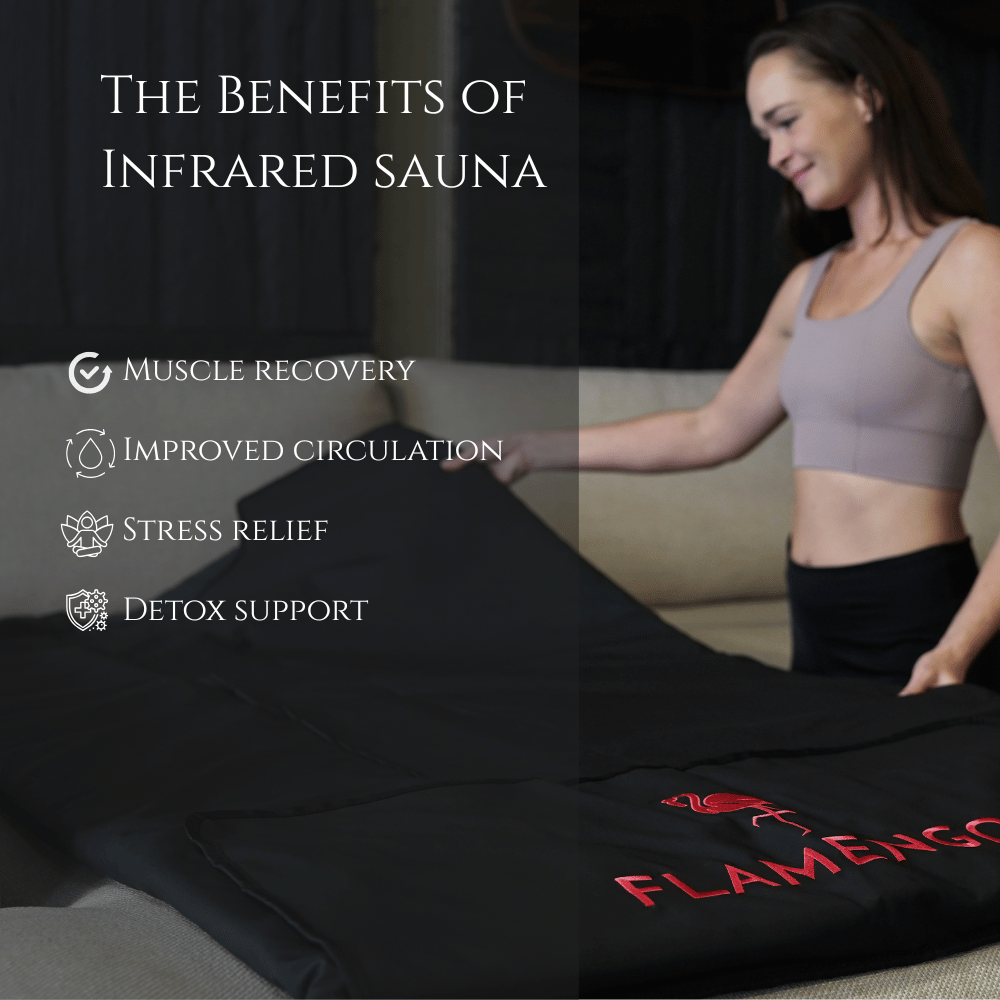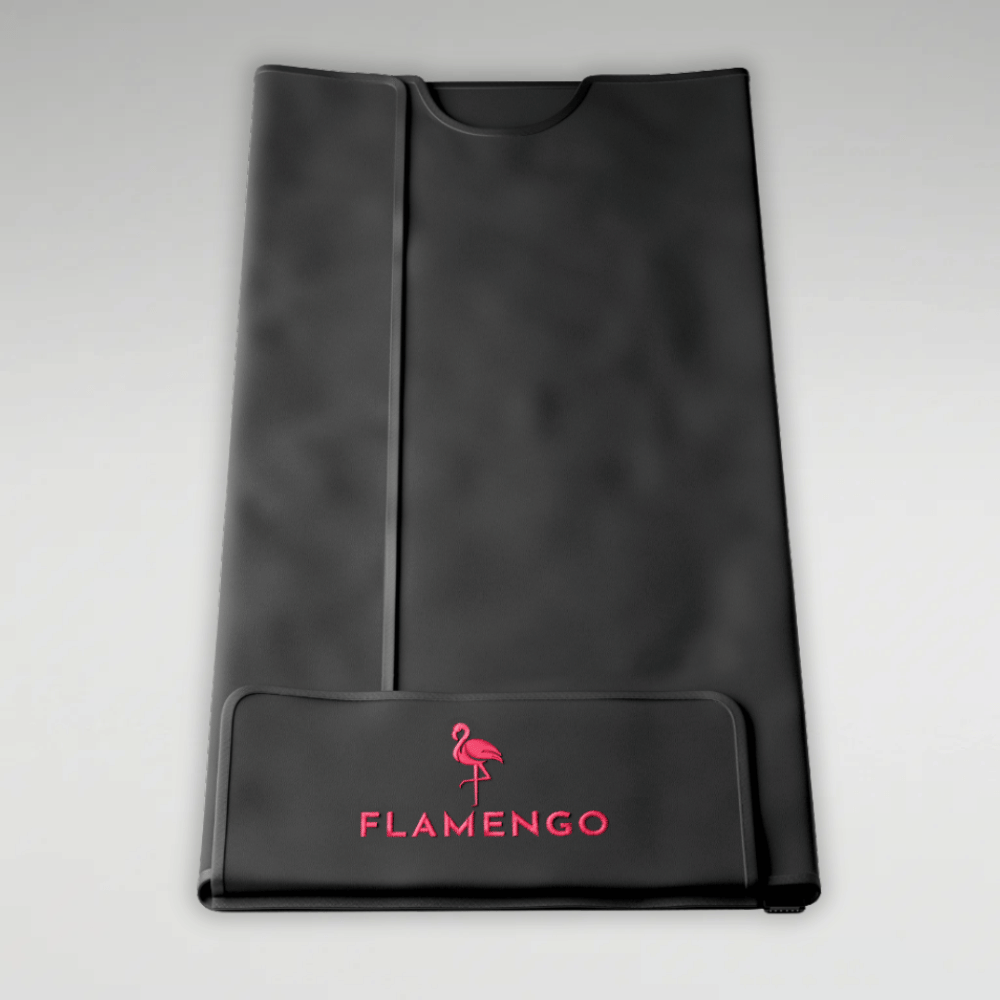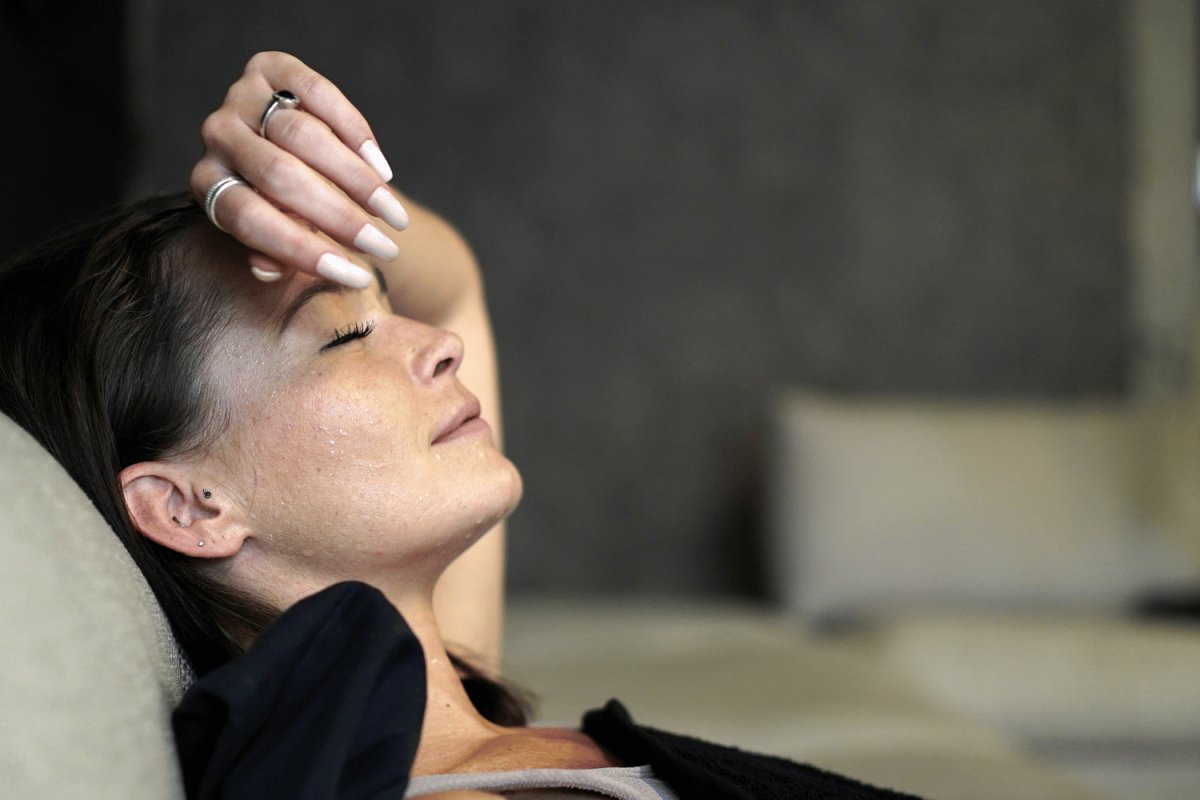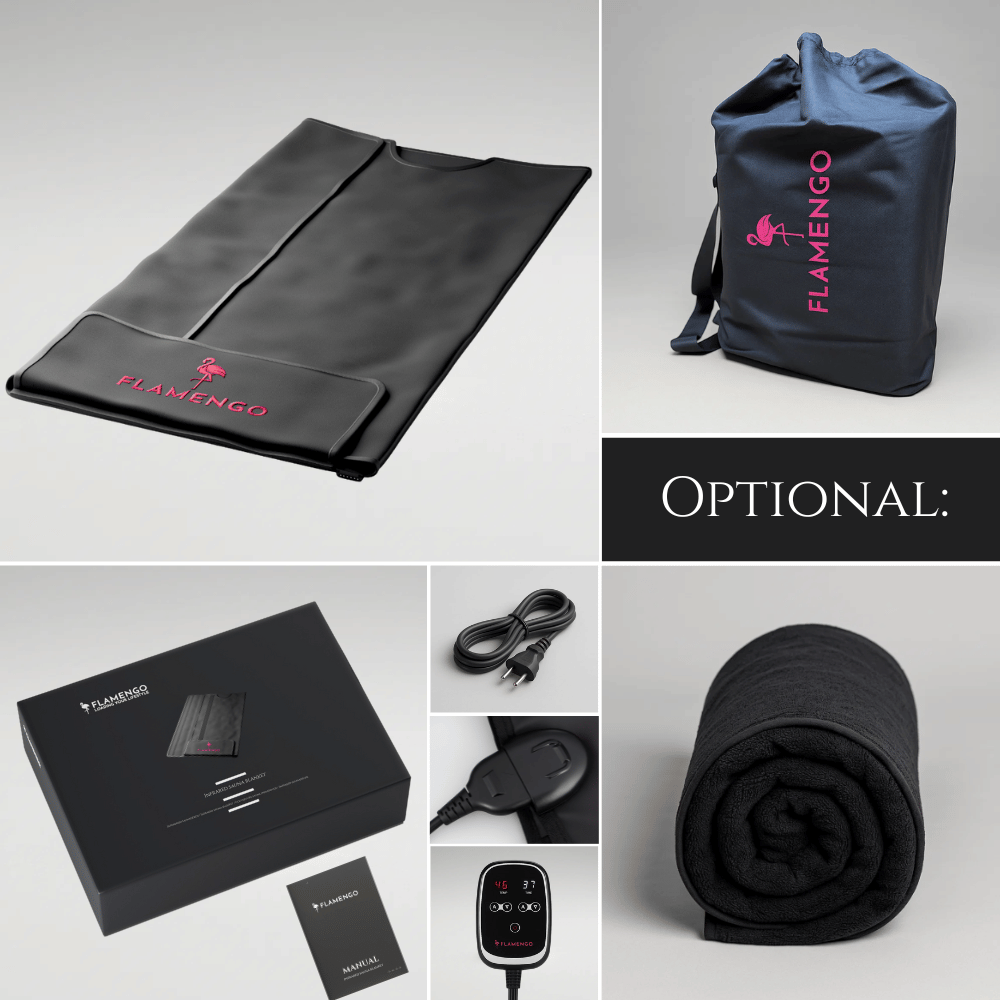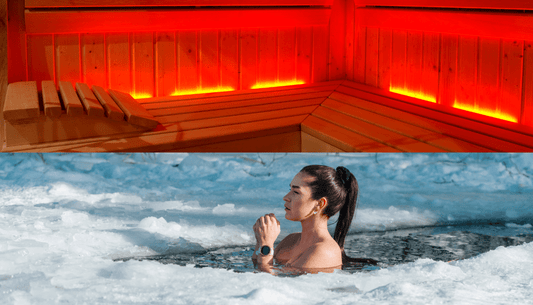
Research into heat stress
Environmental stress, such as extreme heat stress or cold stress, is often seen as a challenge for our health and body balance. Our body has the ability to adapt reasonably well to both hot and cold environments.
Various studies have even shown that heat stress, especially in the form of a sauna, can be very beneficial for our health, regardless of other lifestyle factors.
The effects
The main objective of this article is to first discuss the general cardiovascular and other responses to acute heat stress. Then we look at the beneficial effects of taking a sauna, such as a Finnish sauna and infrared sauna (blanket). The effects on general health, cardiovascular health and the risk of dementia and Alzheimer's disease. There are reasons that can explain these benefits, including an improvement in the large blood vessels and the small blood vessels in our body, a reduction in blood pressure and a reduction in stiffness of the arteries. There may also be more growth in new blood vessels in people.
Response to heat stress
First, it is important to understand how our body reacts to heat stress. Warmth is a challenge for our body. Normally our body can respond well to maintain a normal body temperature. With acute heat stress the blood supply increases to the skin, and our body starts to sweat to remove heat. This is accompanied by a reduced blood pressure and an elevated one Heart rate. Breathing is also increased during long -term heat stress, which can lead to reduced blood supply to the brain.
Sweating during the sauna lodges has an effect on the moisture management of the body. Sweating is a natural reaction of the body to cool when exposed to high temperatures. Sweating helps to regulate body temperature and the removal of waste. By sweating in the sauna, the body can cool itself and this contributes to the feeling of relaxation and relief of stress. Sweating in the sauna therefore usually has a positive effect on the well -being of the body. It is important to maintain the moisture management again by drinking well.
Regularly
Repeated exposure to heat, such as in a Finnish or infrared sauna, has comparable favorable effects as regular exercise. It can improve the function of the blood vessels, lower blood pressure and stimulate blood flow to the skin and muscles. A striking adjustment with repeated heat fain racking is that our body temperature lowers, which makes us more resistant to heat. The interactions between the cardiovascular system and the brain can also contribute to the beneficial effects of sauna pads on the health of the brain. In addition, the increased blood flow to the brain can improve brain function due to sauna lodges.

Nerve cells in the brain
Brain function can therefore improve the heat stress of the sauna. A sauna can therefore be beneficial to prevent Alzheimer's, for example. It ensures the improvement of blood vessels and blood supply to the brain. This can help prevent damage to brain cells. It can help to reduce the risk of neurodegenerative disorders such as Alzheimer's and dementia. Moreover, the relaxing effect of a sauna can reduce stress. This can be beneficial for the preservation of a healthy brain function.
Cardiovascular disease
Sauna bads can have a positive effect on our heart and vascular health. People who regularly have sauna baths have a lower risk of cardiovascular disease and sudden heart death. Sauna bads can lower blood pressure and improve heart function.
The infrared sauna is a more modern variant of the traditional Finnish sauna and works in a different way. While a Finnish sauna heats the air, an infrared sauna immediately heats the body through infrared radiation. This can penetrate deeper into the body and possibly offer comparable health benefits. Research has shown that infrared saunas have similar effects on cardiovascular function and blood pressure as traditional sauna baths.
Heat stress and cold stress
In addition to the positive effects of heat stress, we also want to name the physiological reaction to cold stress and the activation of brown fatty tissue. The sauna is often combined with cooling, with some people staying briefly in ice cold water after a sauna. Cold exposure, such as in a cold water bath, can be beneficial when reducing body fat and stimulating blood flow. Cold exposure can also promote the activation of brown fatty tissue, which can lead to increased energy consumption. And also for the prevention of excessive amount of fat in the body and related health problems that are related to metabolism and the heart and blood vessels.
Taking an ice bath after a sauna ensures an extreme temperature contrast. This ensures extra stimulation of the blood vessels and Improving blood circulation, which can contribute to better health and recovery. The changing effect of heat and cold stress can help to reduce body fat and promote health.
Caution
It is important to emphasize that heat stress and exposure to cold may be beneficial for our health, but that caution is required, especially in people with underlying health problems. It is always wise to consult a doctor before trying out these practices, especially for people with certain medical conditions.
Improve overall health with heat stress
Although heat and cold are often considered stressful, our body can physiologically adapt to repeated heat sessions. This can lead to improved heat resistance and overall health, as well as a lower risk of brain disorders such as dementia and Alzheimer's disease. Cold and heat stress, including the use of a sauna, can be used as an independent or additional therapy for exercise and physical activity to maintain or improve our health. However, it seems that the best benefits for heart and total death are achieved by increasing physical fitness in combination with sauna baths. This emphasizes that different lifestyle habits influence our health. Sauna bads and other forms of heat stress are recommended as habits to promote health.


